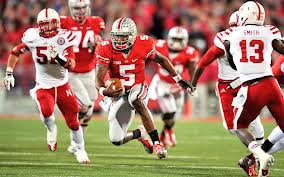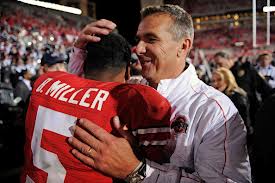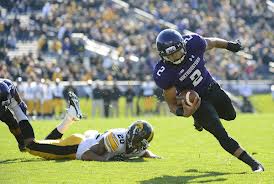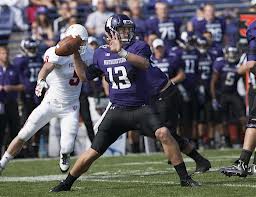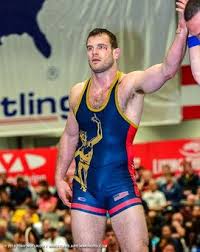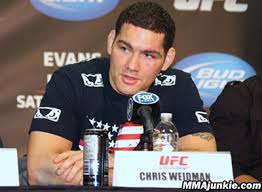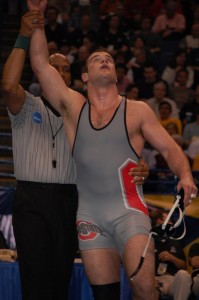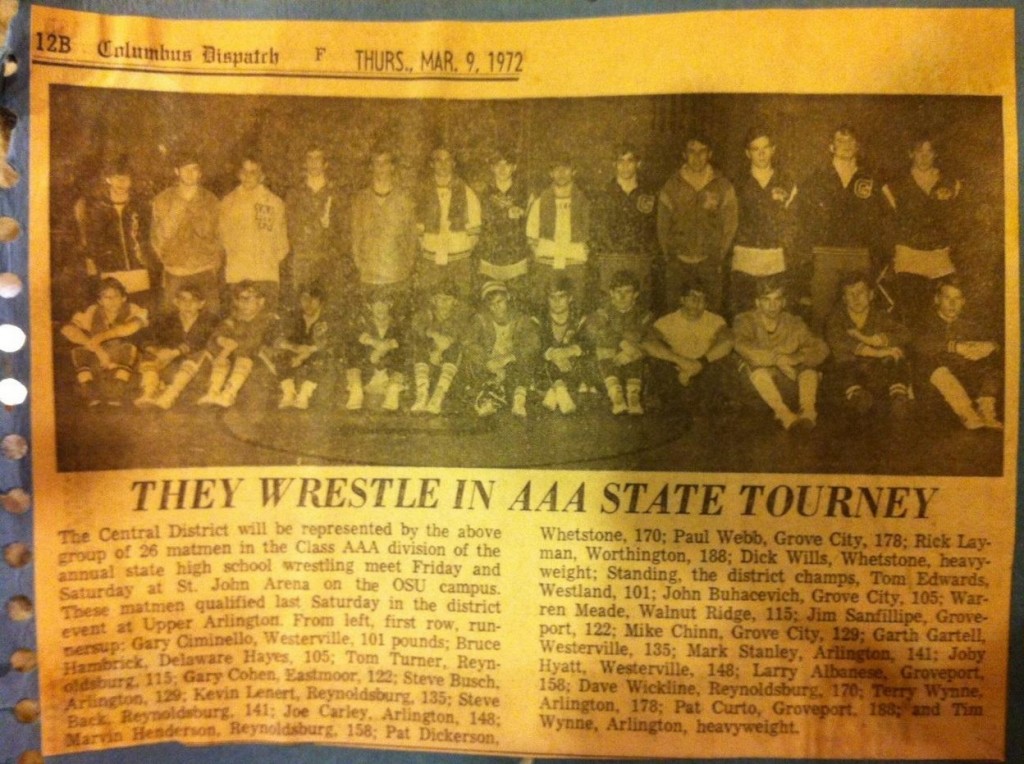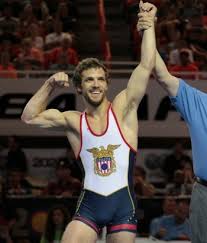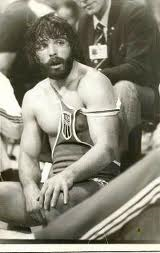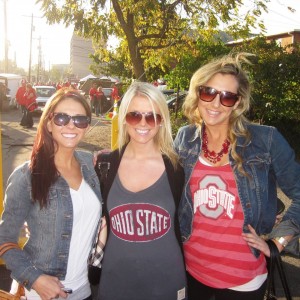 One could say that college football fans in San Diego and Columbus have had similar experiences with respect to their favorite teams. Both San Diego State and Ohio State football teams started the season with high hopes, returning teams that were the best in their respective conferences in 2012, introducing new schemes and excitement yet ultimately finding disappointment in their 2013 openers. Both teams had clearly expected that their overmatched opponents would be mere practice squads that would help in the dress rehearsal for more serious encounters to follow—starting this Saturday with each other. The differences were that Ohio State started at a much higher perceived position, suffered a much less significant game one disappointment—having to settle for a mere 20 point win over a nearly 35 point underdog Buffalo while San Diego State watched FCS Eastern Illinois reel off the last 21 points to win 40-19—and had an opening quarter of football that was as exhilaratingly successful as anyone in Columbus might have imagined.
One could say that college football fans in San Diego and Columbus have had similar experiences with respect to their favorite teams. Both San Diego State and Ohio State football teams started the season with high hopes, returning teams that were the best in their respective conferences in 2012, introducing new schemes and excitement yet ultimately finding disappointment in their 2013 openers. Both teams had clearly expected that their overmatched opponents would be mere practice squads that would help in the dress rehearsal for more serious encounters to follow—starting this Saturday with each other. The differences were that Ohio State started at a much higher perceived position, suffered a much less significant game one disappointment—having to settle for a mere 20 point win over a nearly 35 point underdog Buffalo while San Diego State watched FCS Eastern Illinois reel off the last 21 points to win 40-19—and had an opening quarter of football that was as exhilaratingly successful as anyone in Columbus might have imagined.
Now both teams are looking for “rebounds†against an opponent who feels it has much to prove after its opener. One wonders then, if Ohio State does enjoy a bounce back, how impossibly high must the Aztecs improve to keep pace with the Buckeyes? That is a neat little question—on paper that is. The fact that it can be asked with such clarity is exactly why one can and should be concerned—is there a trap awaiting the Buckeyes? Is there anything we can deduce from last week’s carnage?
